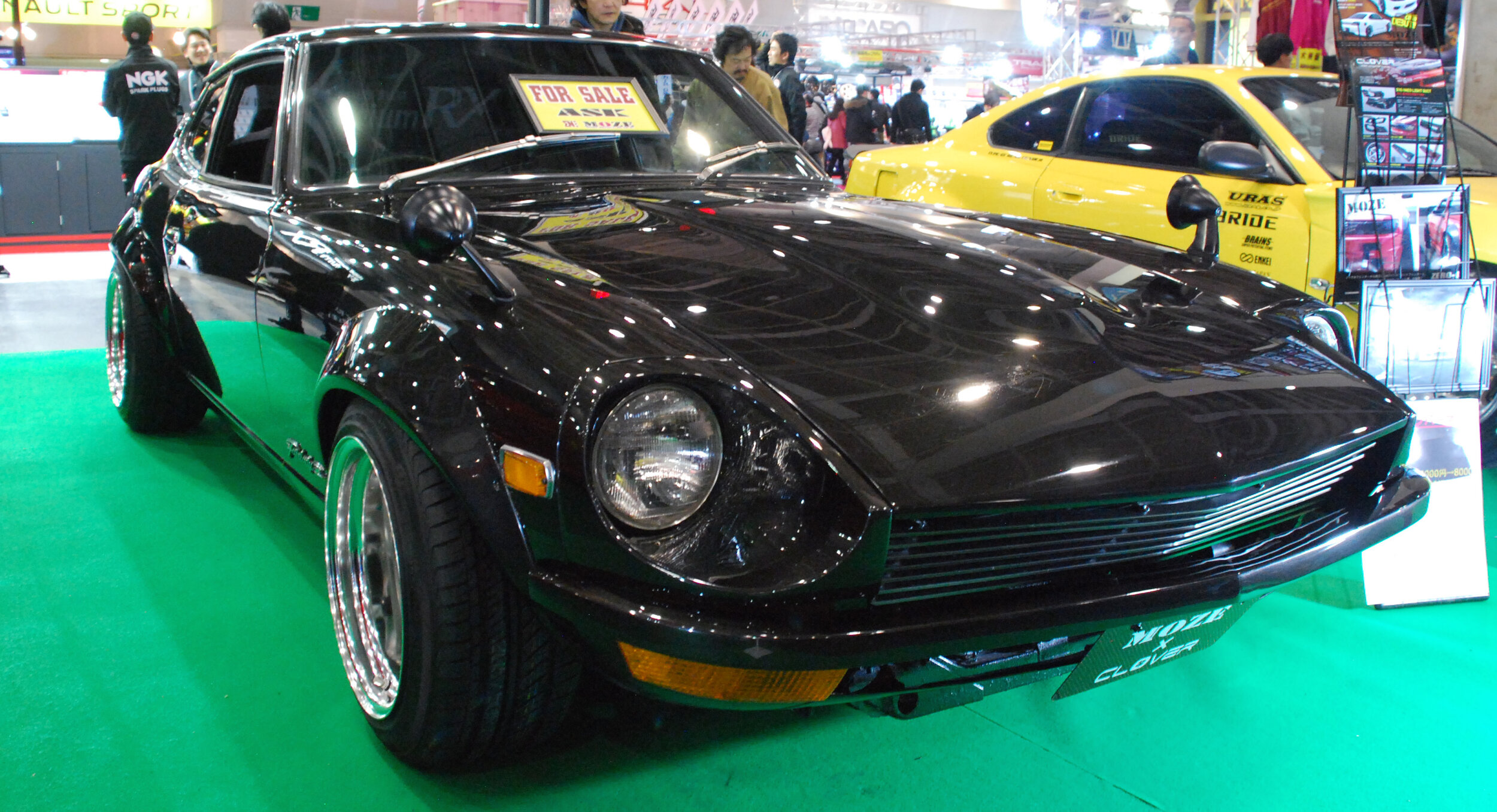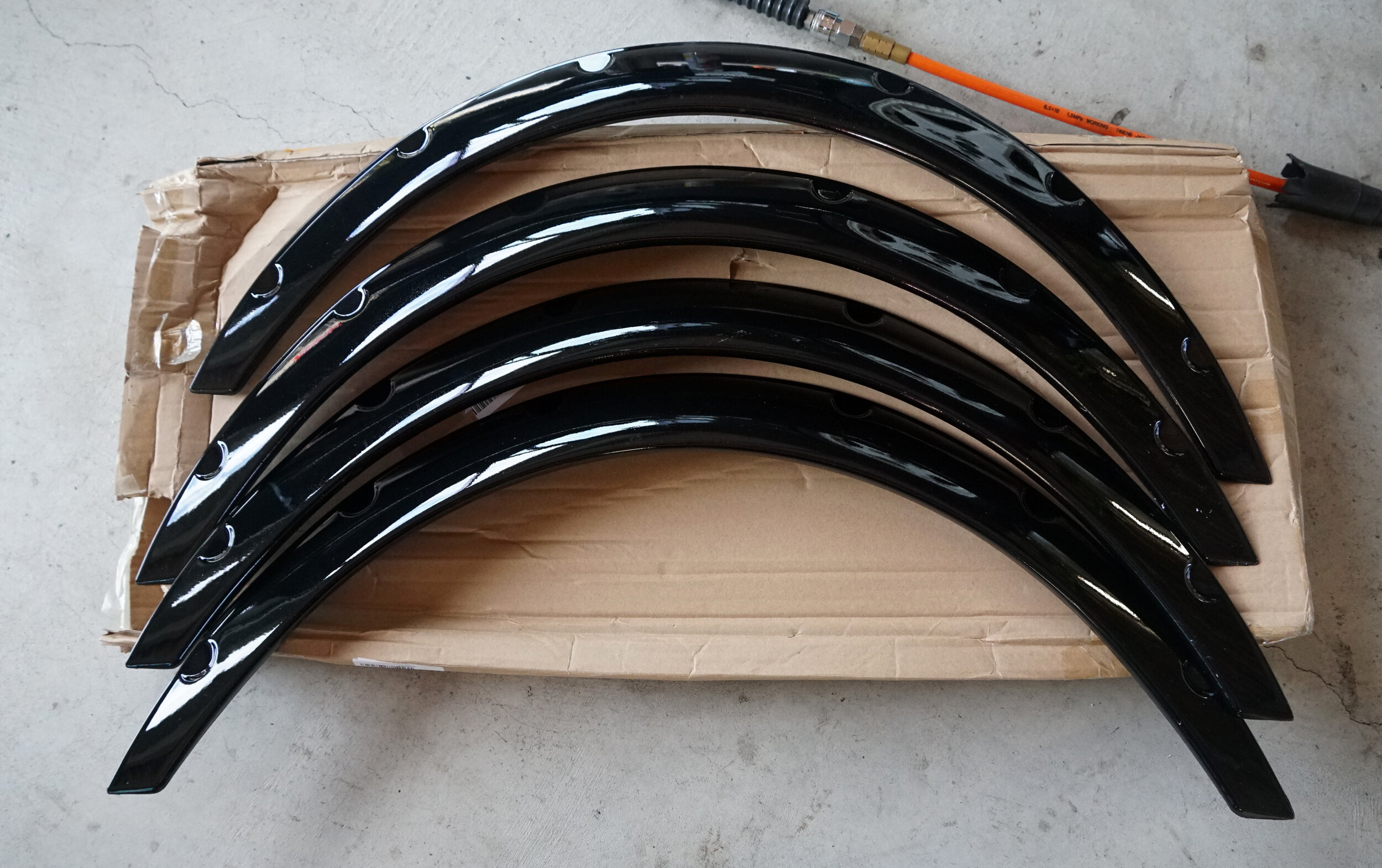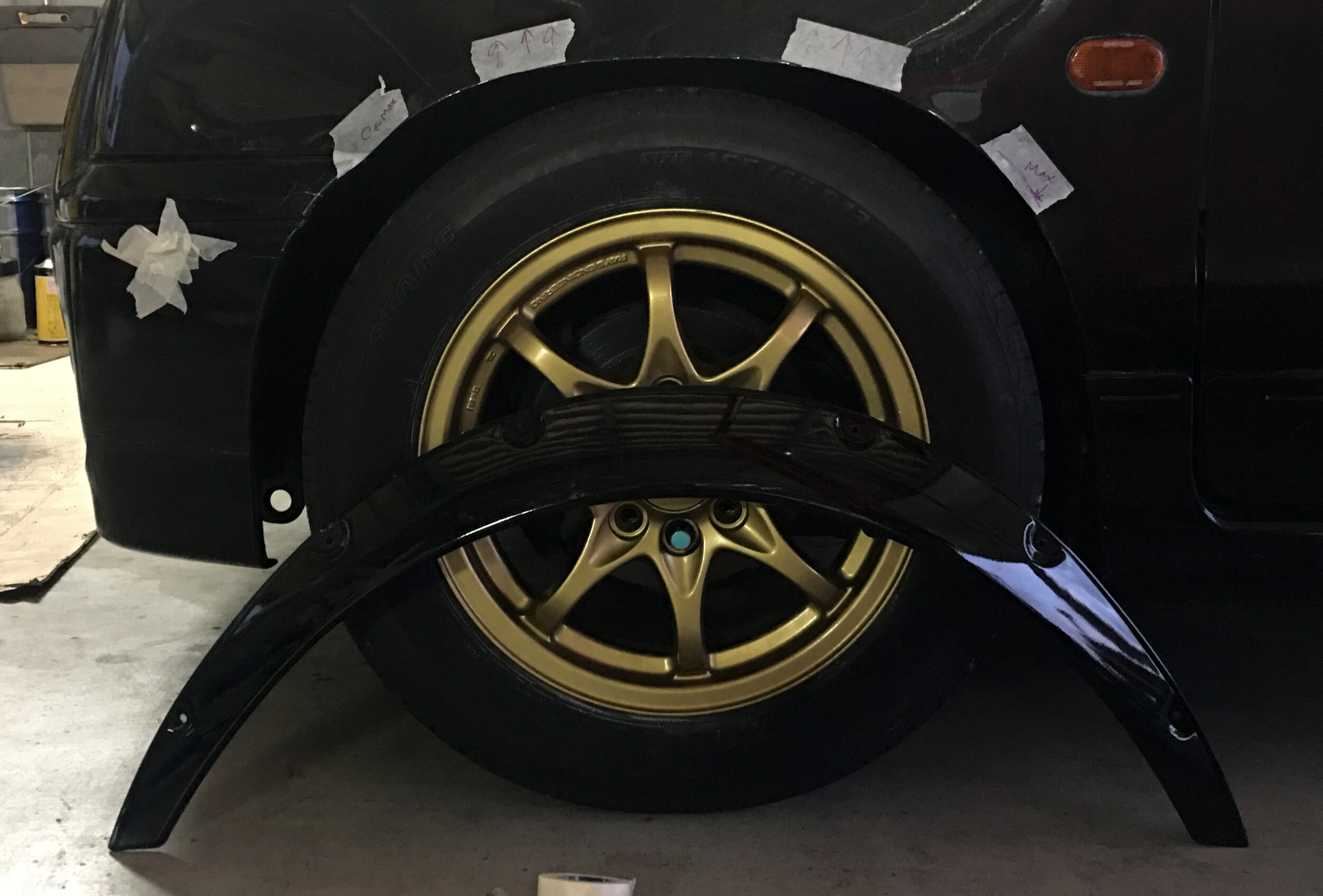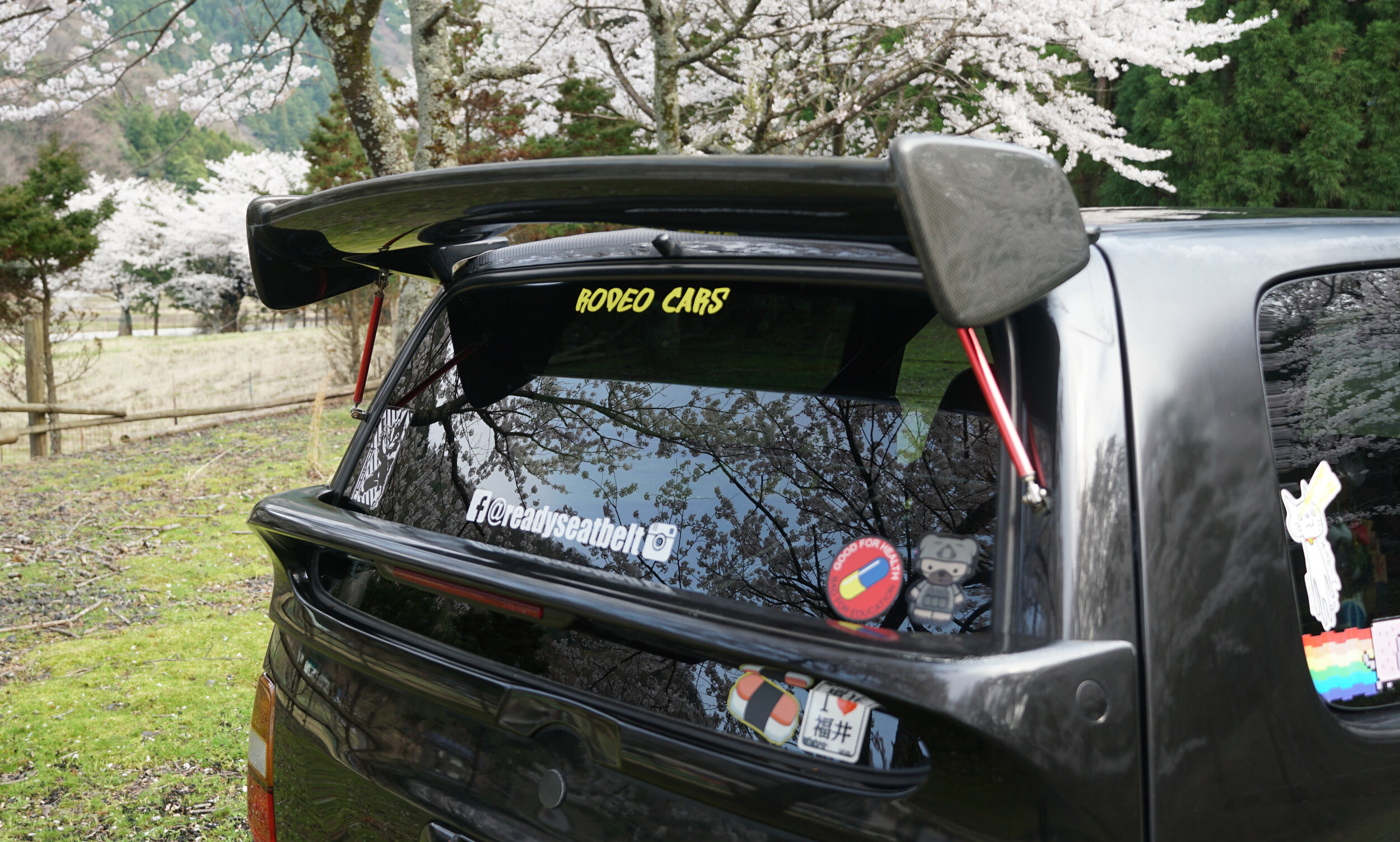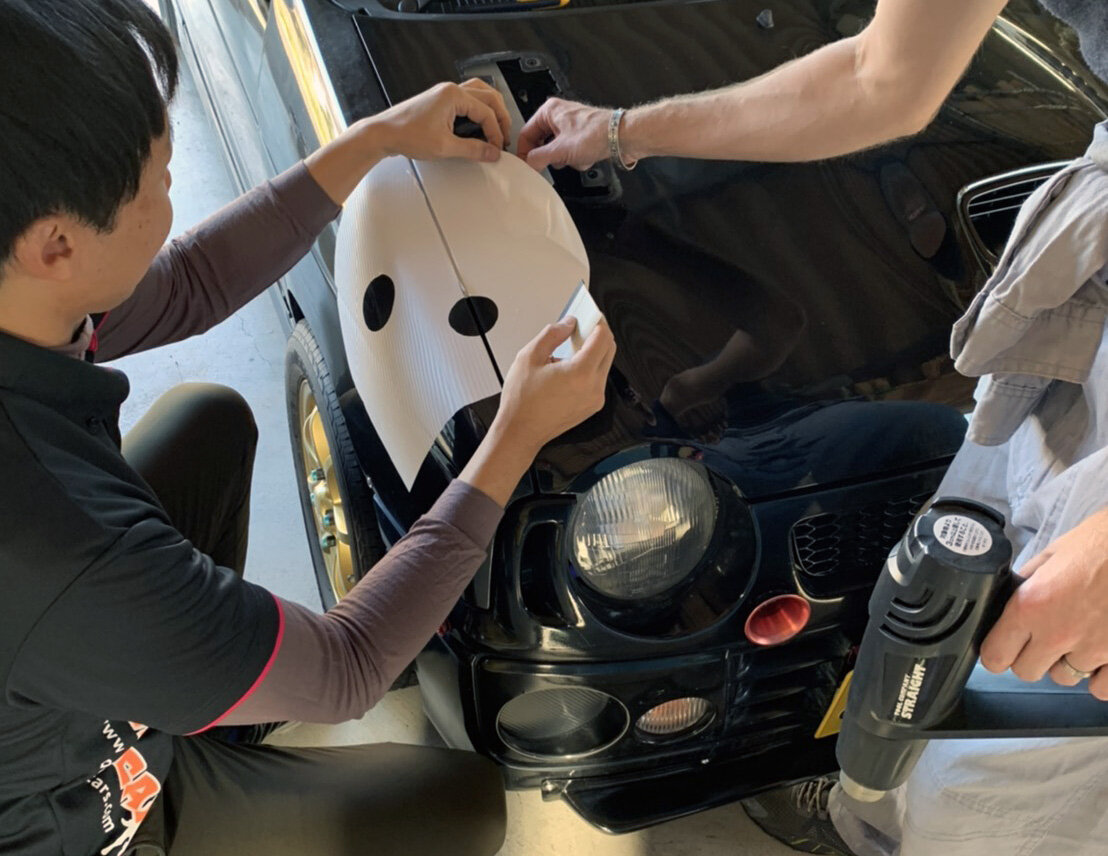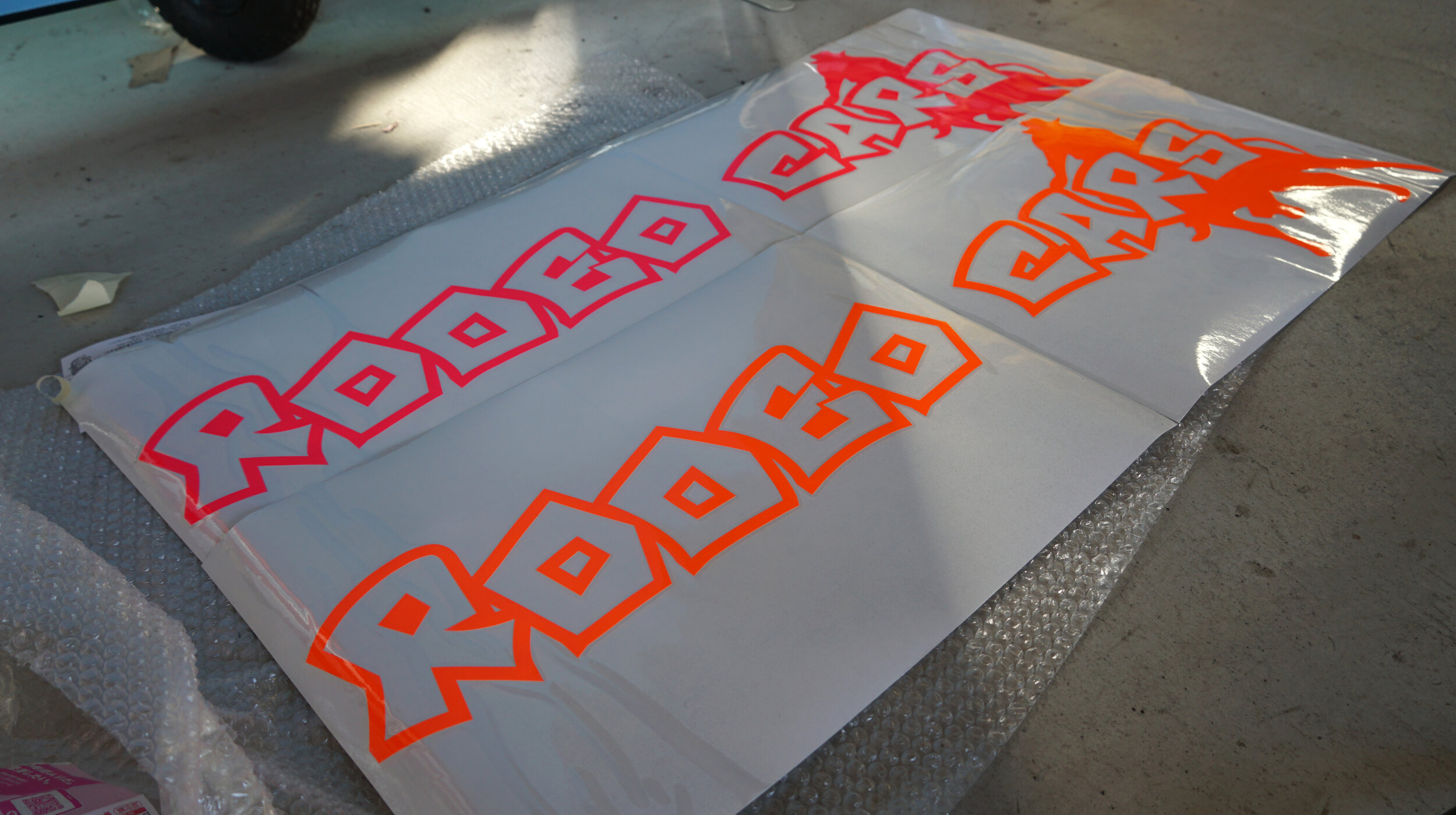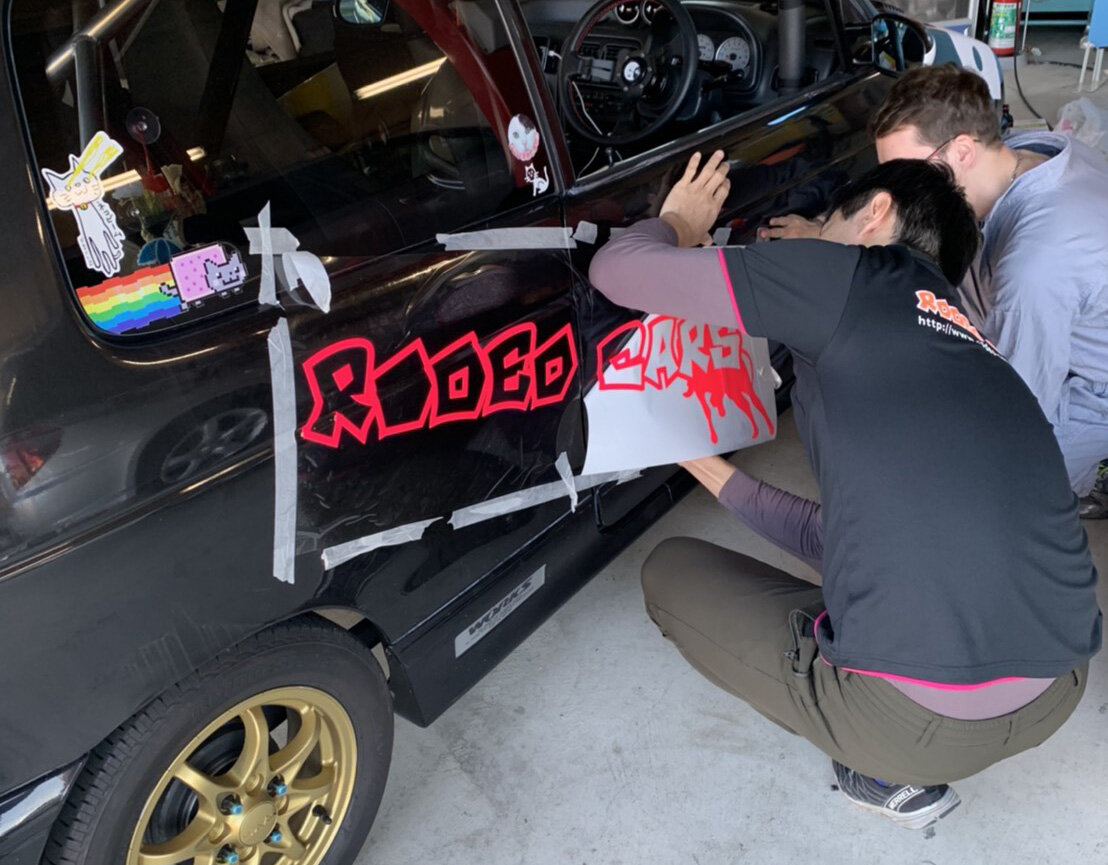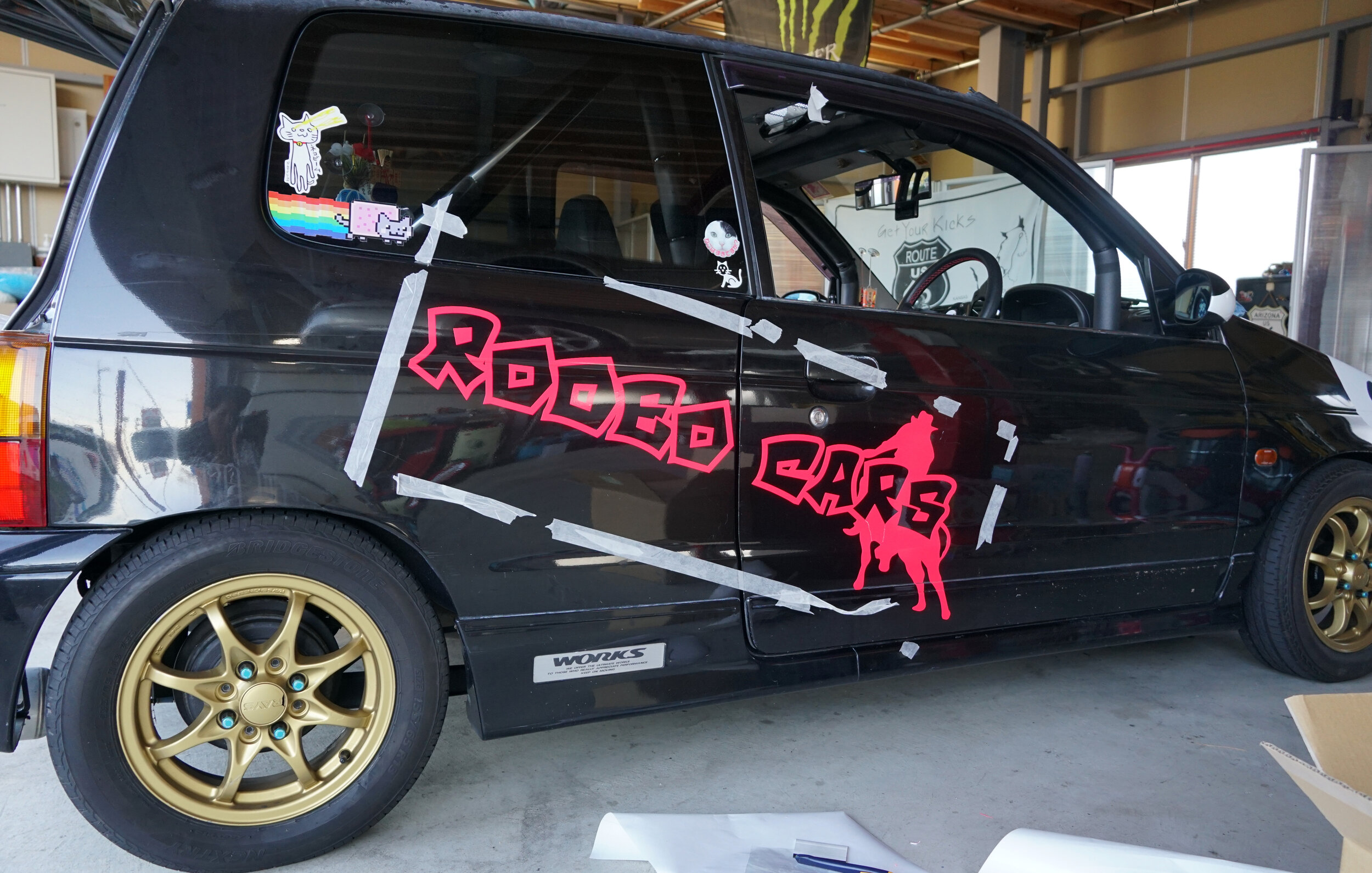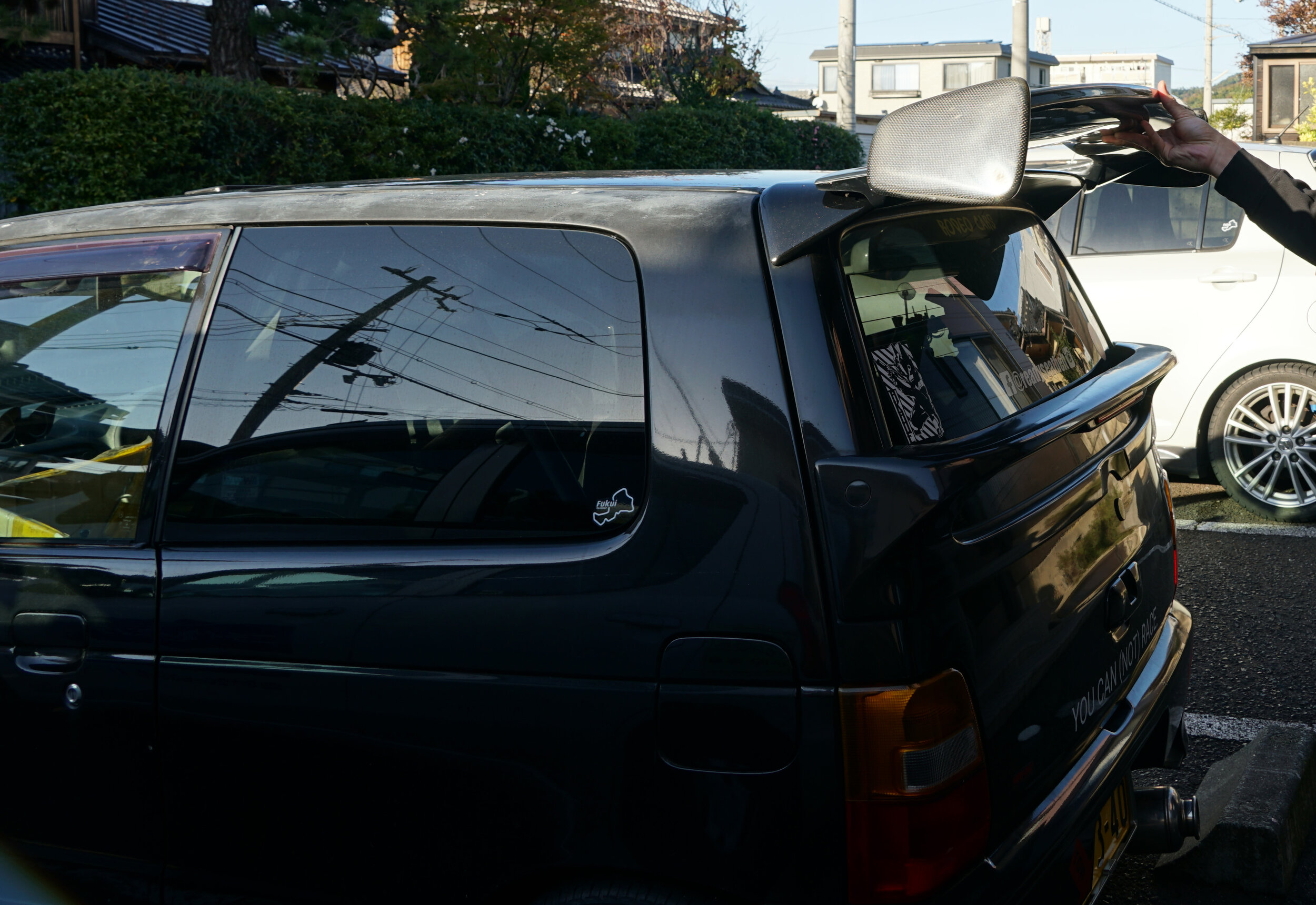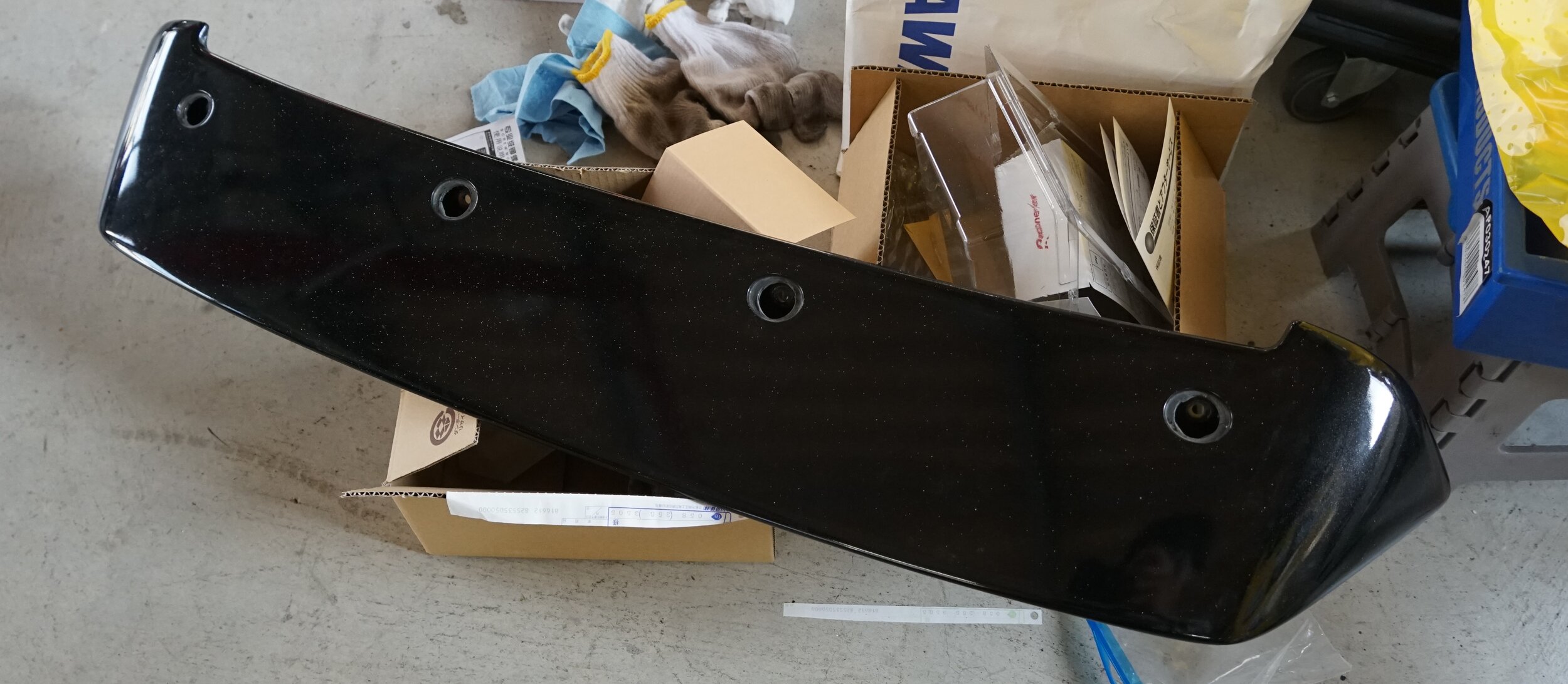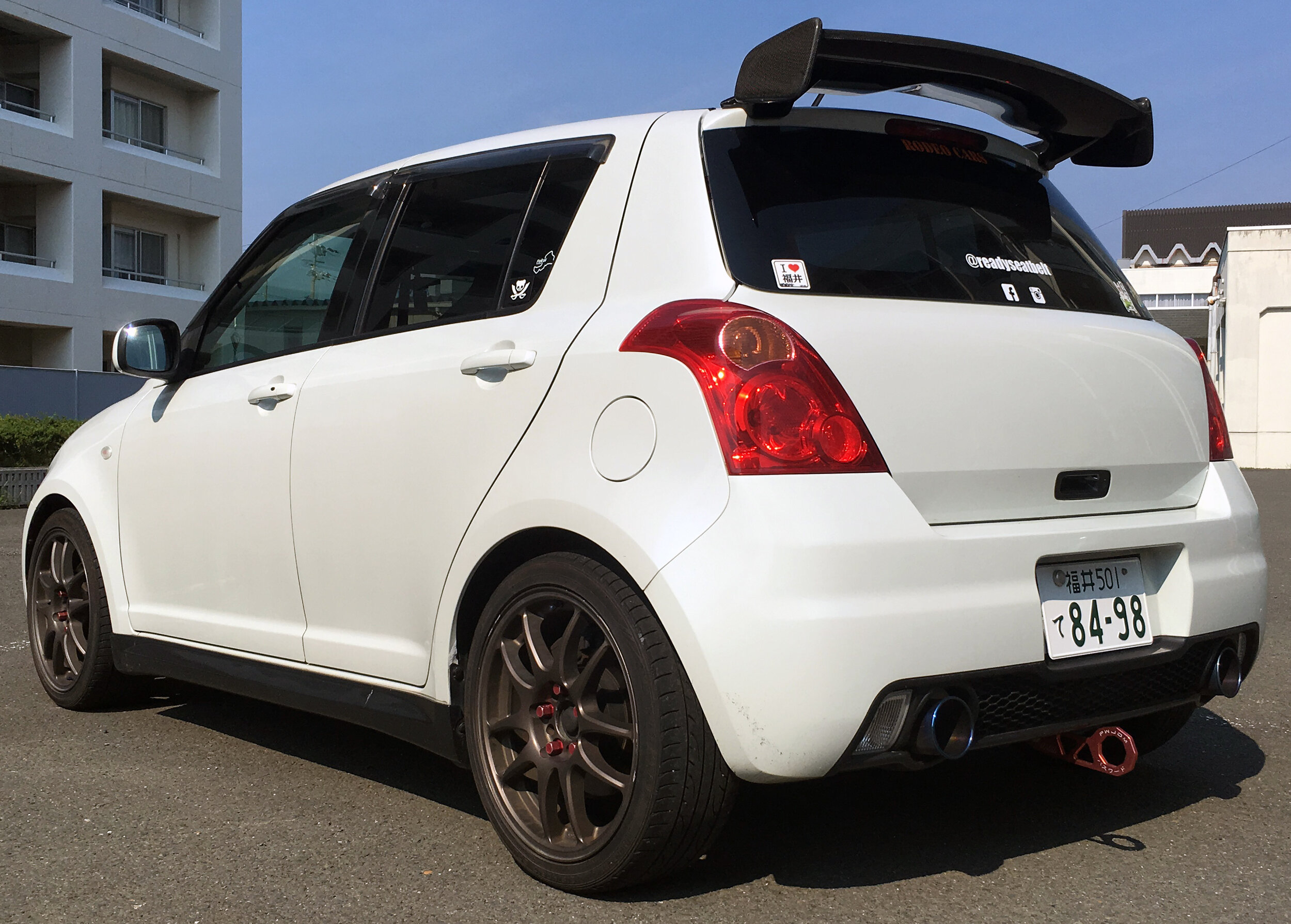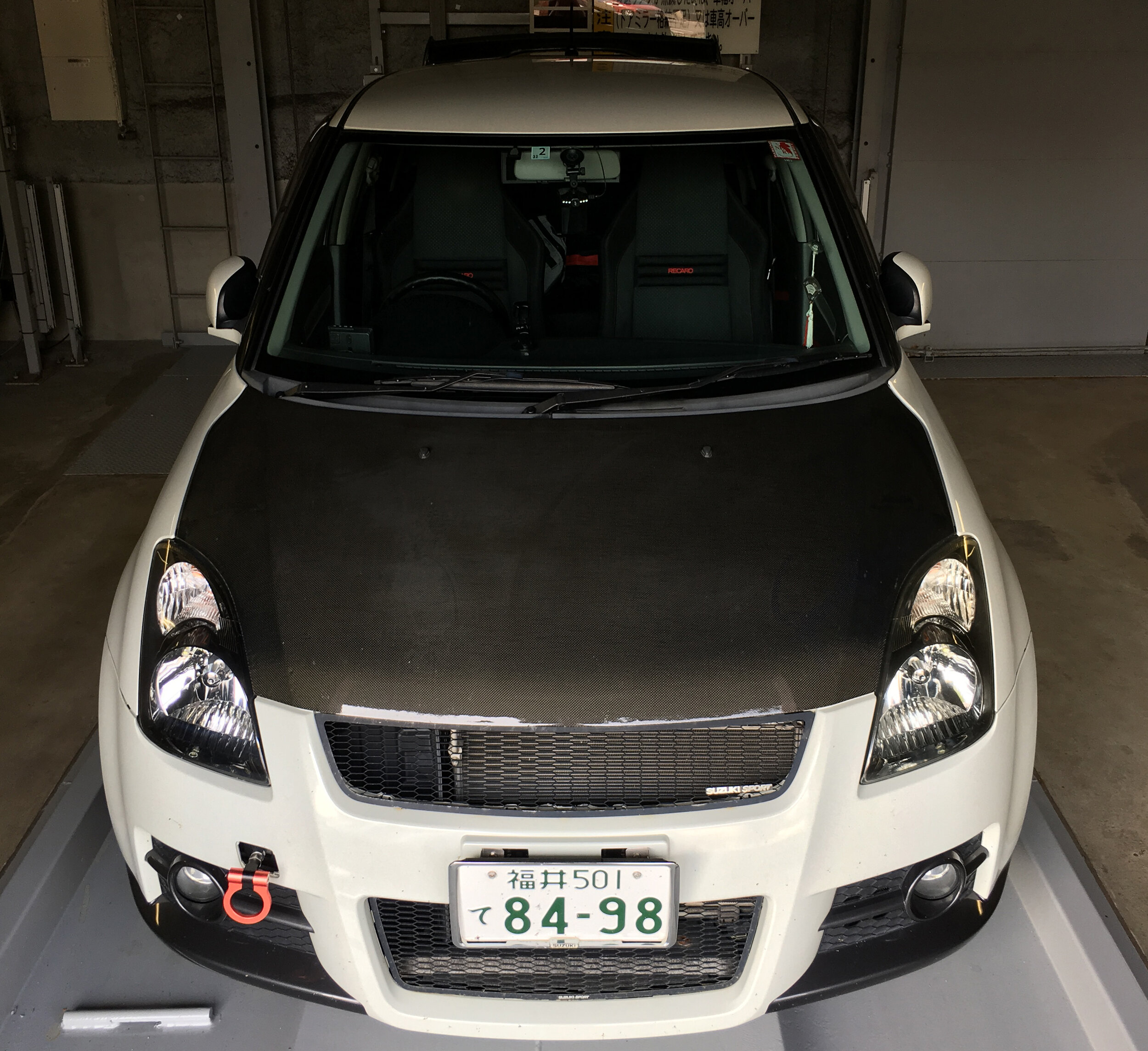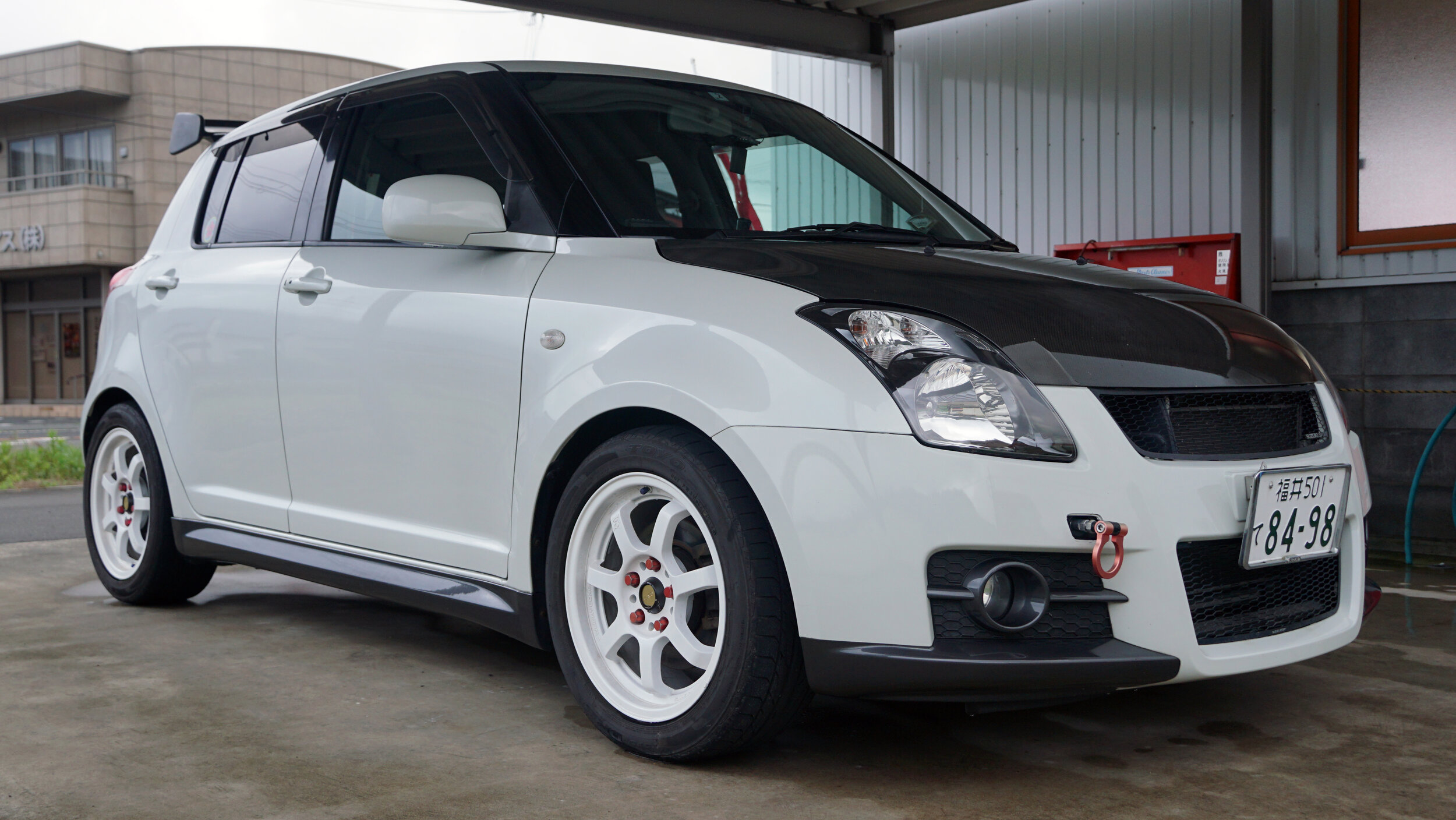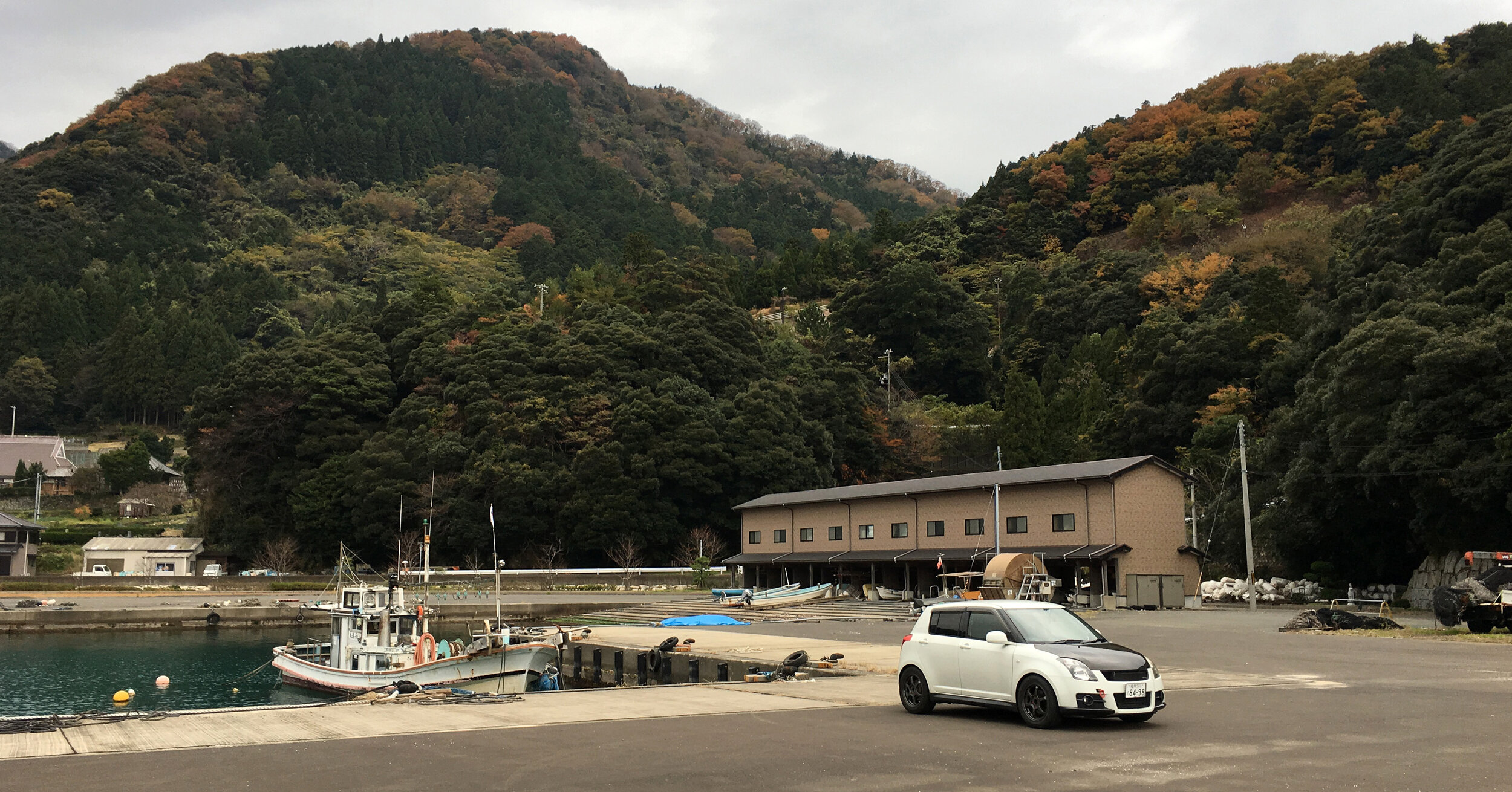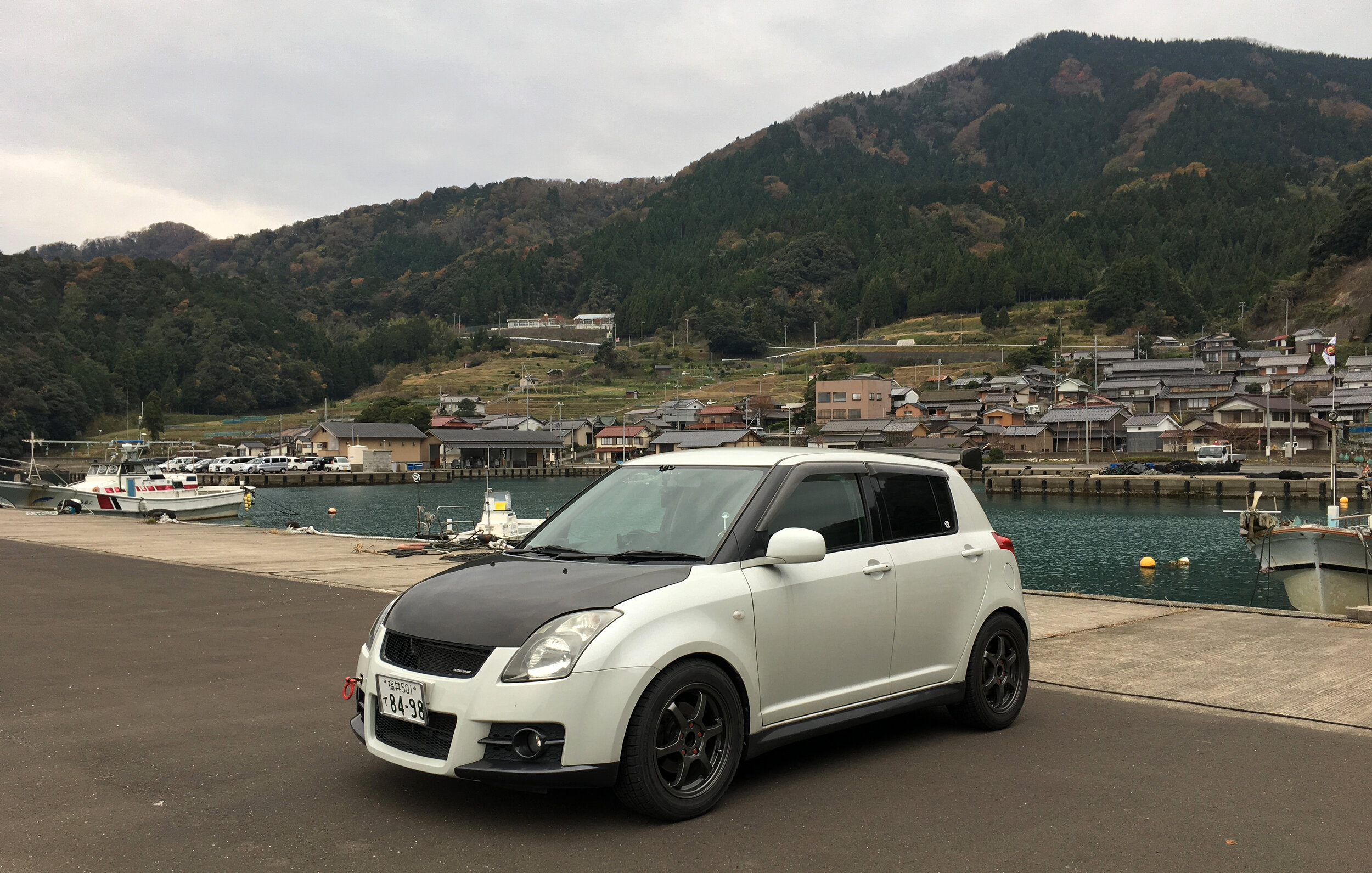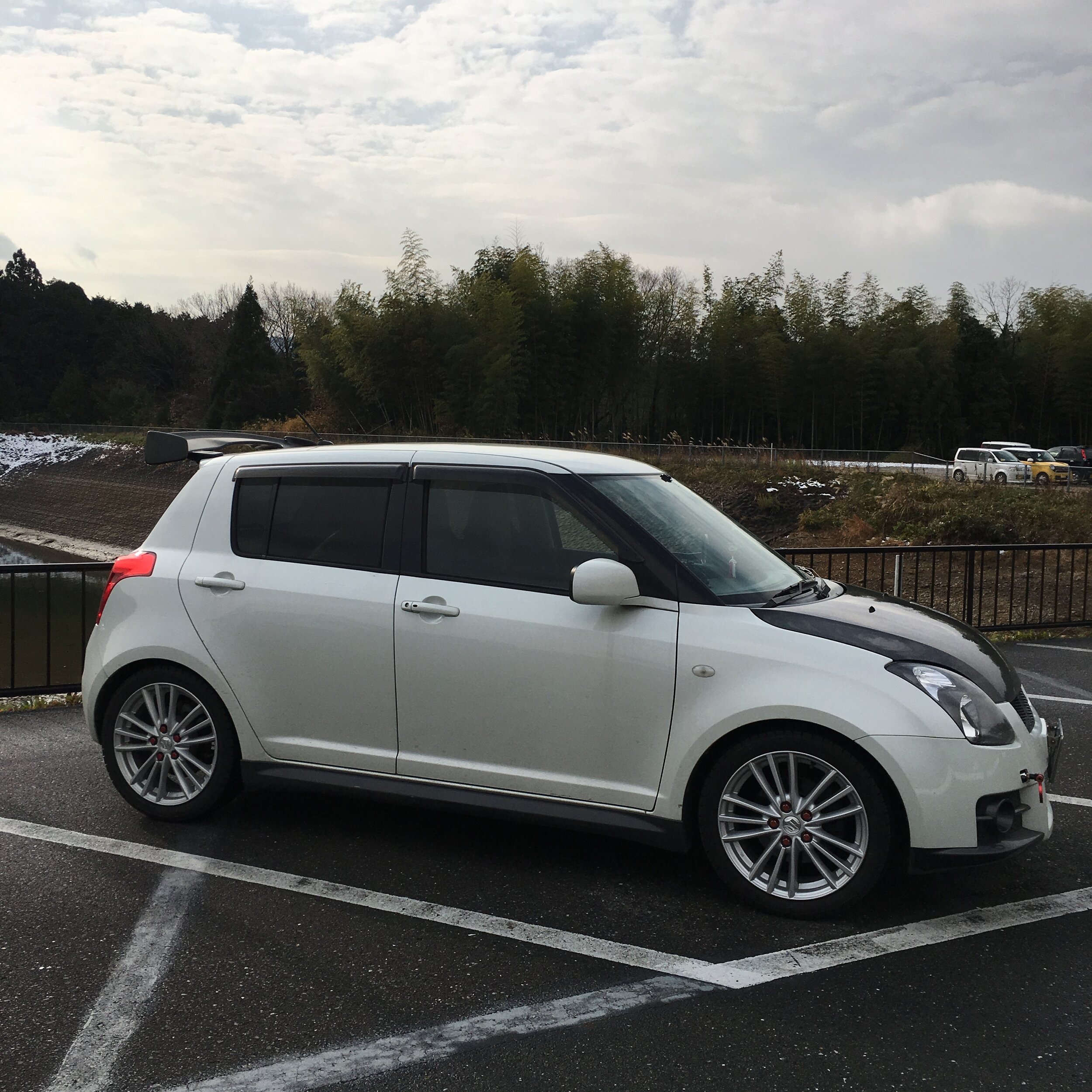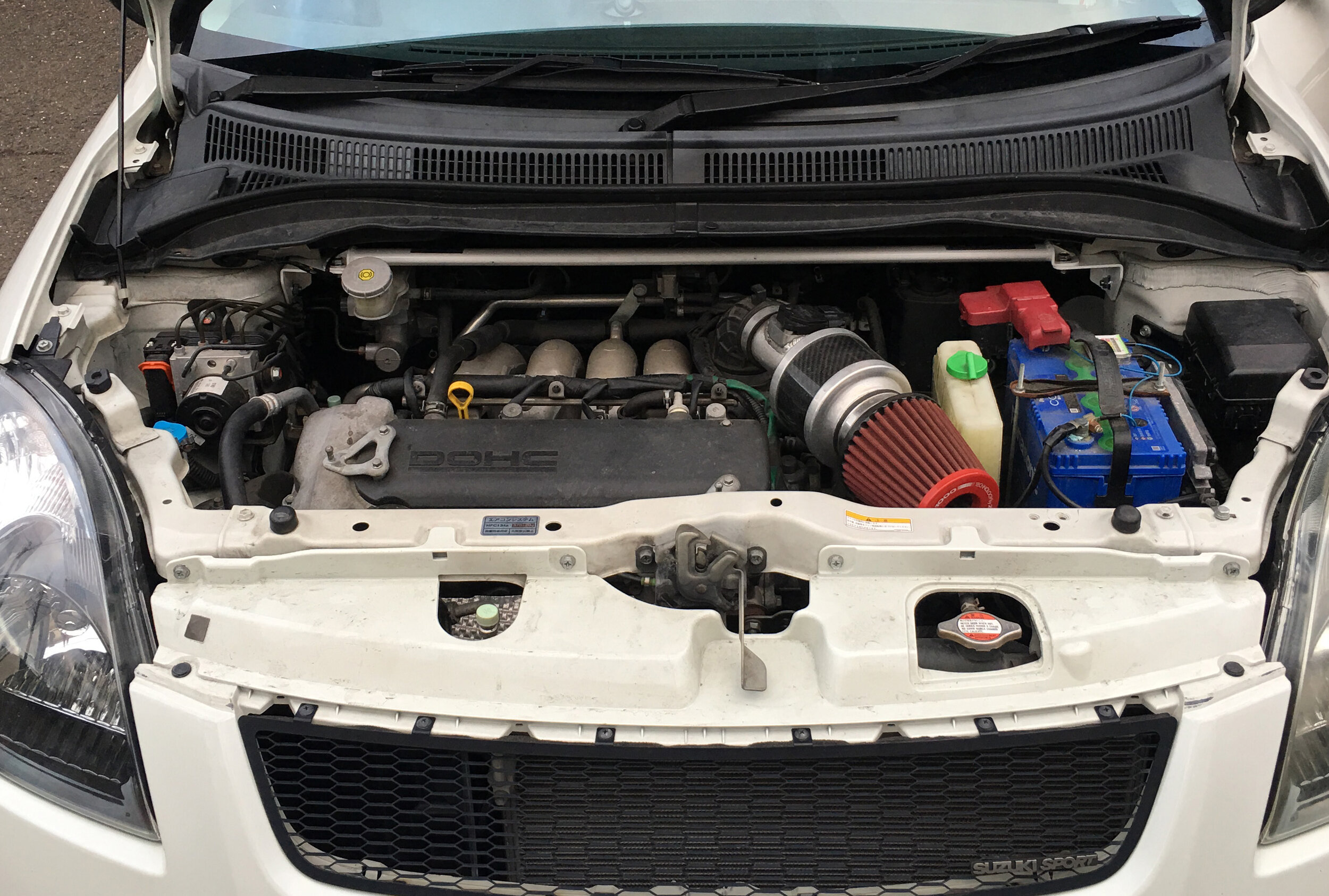[ Alto Works ] Fender Flares, Part 1
Just when I thought I was close to “finished,” I came to the sad (yet, fun...) realization that no project car ever can be truly complete. I’ve always liked the look of simple overfenders on older cars, probably starting with the beautifully gorgeous look of modified early Fairlady Zs (240Z in the US). I wanted to install a set on my Miata back home, but never had the chance to put a set on.
Unfortunately, I’d say that the boxy look of the Alto Works doesn’t necessarily go completely well with the look of rounded overfenders when compared to the sleeker look of the Z or Miata. Besides looks, wider fenders provide a few other benefits, chief among those is the ability to install wider or spaced-out wheels. Wider wheels can provide better traction, grip, and potentially better handling…
Though more often than not, the drawbacks far outweigh the advantages. Cars are often designed and engineered properly from the factory, by engineers. Garage “engineers” try to improve upon essentially perfectly functioning cars, but I’ll be honest… we often do more harm than not to a car’s performance, reliability, or even looks. Cars are originally designed with a particular set of springs, dampers, and rough wheel size and weights in mind, not with the larger unsprung mass of wider / bigger wheels that we love the look of. On my Alto Works, for example, the wheel bearings, already stressed from spacers, will have significantly more premature wear over the coming months / years with wider-set wheels. How do we ruin the car as a daily driver? Add some potential for rubbing wheels on fenders. And how do we screw ourselves in Japan? Fail shaken is probably the main way...
All that aside, I still really wanted to try a set of overfenders out. I figured, worst case scenario, it would ruin a car that I could no longer perform shaken on next time. Best case scenario? Well, the car could look darn wicked with a widened track and some custom fenders. Weighing these options, I ordered a set of four overfenders for a super cheap price of about $50? USD, shipped. These are made as universal “front” fenders at ?mm long, about ?mm wide. Of course, given the price, I expected little in terms of quality. I even considered that it wouldn’t even fit the car. Though who cares if it won’t be a perfect fit? At this price, the experiment is worth a shot…
It turns out the fender quality seems to be pretty good. They are flexible under pressure, yet very stiff. I had no issues subjecting them to strong bends in an attempt to see if they would crack or shatter. The black shine also was fairly decent, though out of the box there were a few scrapes. If I had worried about them more, I’d refinish them, though since the car itself has bad paint, I didn’t bother.
Time to get them installed next time!


